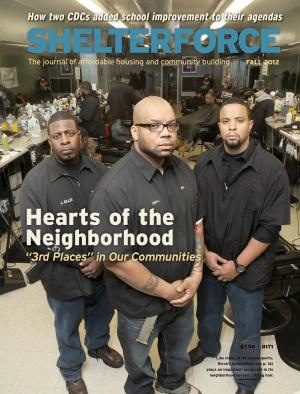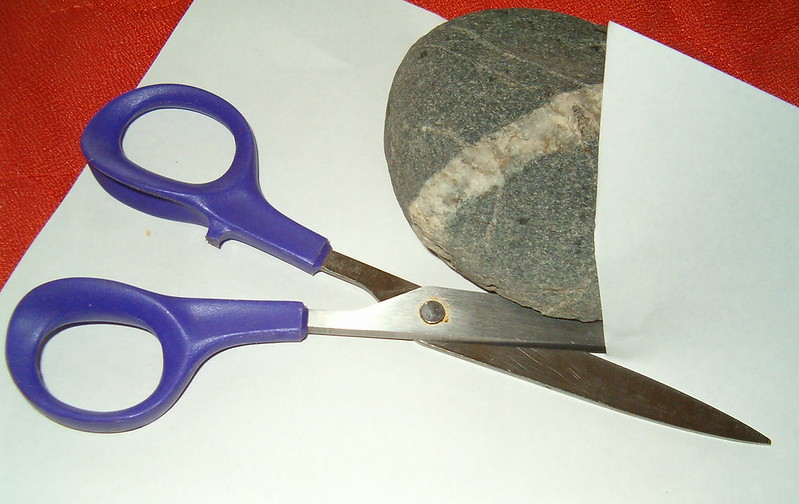Several years ago, the family-owned florist two buildings down from my house closed. There was great consternation in the neighborhood about what would happen to the building. The small red and white cottage sits on a decently sized corner lot, and rumors flew for a while that it was being looked at by drive-through restaurant chains like Sizzlers, which struck fear in the hearts of my neighbors. We were incredibly relieved when it became instead a locally owned branch of the gourmet ice cream shop Emack and Bolio’s.
At first this was mostly the feeling of dodging a bullet. But after they opened, we began to realize what a treasure we had. It wasn’t that access to expensive ice cream was so miraculous. It was the yard. The property has a large picket-fenced yard, right in the heart of our walkable commercial strip. Full of tables near the front fence, with a lawn behind, it is an absolutely perfect place to gather for children’s birthday parties, after story time at the library a block away, after the last soccer game of the season, or to meet a friend for lunch. In that yard, I have conducted interviews, signed political petitions, been part of planning for neighborhood events, and met new people.
A few miles away is a totally different community gathering place—
a basketball court in Albany’s large central park, where people have gathered weekend mornings to play pick up basketball for decades, with older community members mentoring younger ones. Last year a documentary, Ballin’ at the Graveyard, came out, which does great job of capturing the individual flavor of the particular game and community, and its role in the players’ lives. It is a tremendous film (I saw it twice in the theater).
Being in the middle of working on this issue when I watched it, though, I did notice that it never spoke of the place itself—the court, the park—and who maintains it. A film can’t do everything, but I found myself wondering about it. Do the players step up and take care of their space? Has it ever been neglected by the city and have the players had to advocate for replacement nets or other repairs? Are there tensions or partnerships with other users? Do the city park crews or the nonprofit park conservancy volunteers have any relationship with the basketball players, and could they?
Often, as Ken Reardon says in our roundtable in this issue, the work of making these gathering places available—“washing them down in the morning and getting new cushions for the lawn chairs, or whatever they have to do to keep the space inviting to people to use it” can go by unrecognized.
In fact, after reading my editor’s note for this issue, in which I said that my neighborhood was “lucky” to have numerous healthy third spaces, one of the leaders of my neighborhood association diplomatically pointed out that it’s more than just luck. Helping to encourage, nurture, create, and protect those spaces takes a lot of work.
Some third spaces publicly owned and we advocate for them, clean them up, try to protect or enhance them. Some we create, as groups of residents or as community developers, on empty public land or as part of another development project. Some are privately owned, and so, as the participants in our roundtable discuss, roles for community support may look different, from support at permit hearings to financing to patronage to partnering on events or art projects.
How you are creating or supporting third places in your communities? Let us know and we may feature your project on Rooflines.






Comments